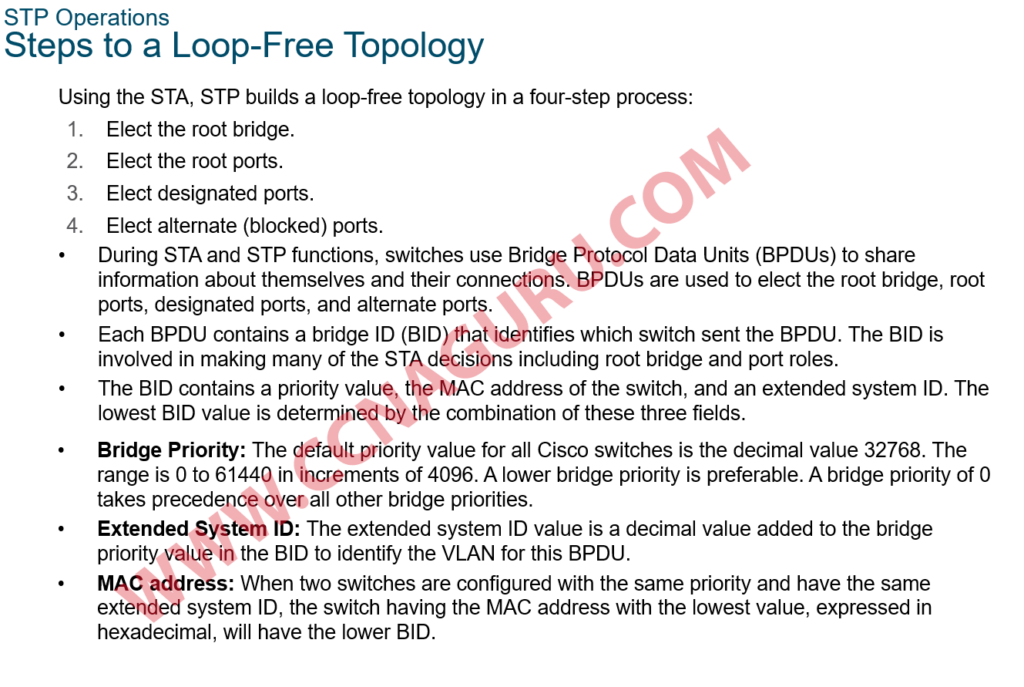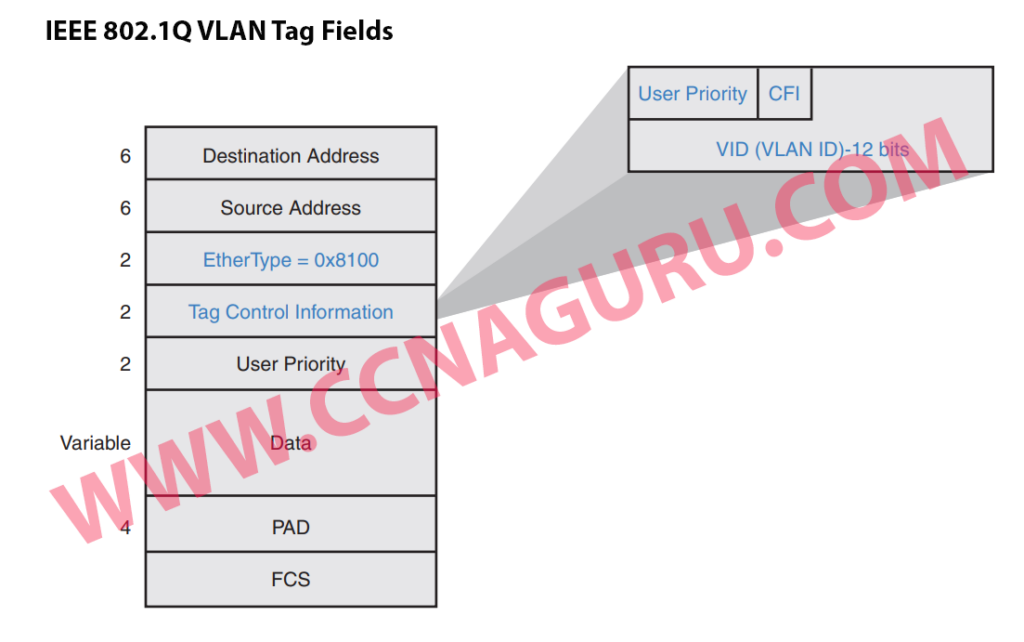Spanning Tree Path Cost
Spanning Tree Protocol (STP) is a network protocol that ensures loop-free topologies in Ethernet networks. One of the key elements in STP is the concept of path cost, which determines the best path for data forwarding in the network. Path cost is assigned to each network link based on its speed. The following table provides the default STP port costs for different link speeds:
| Link Speed | Short-Mode STP Cost | Long-Mode STP Cost |
|---|---|---|
| 10 Mbps | 100 | 2,000,000 |
| 100 Mbps | 19 | 200,000 |
| 1 Gbps | 4 | 20,000 |
| 10 Gbps | 2 | 2,000 |
| 20 Gbps | 1 | 1,000 |
| 100 Gbps | 1 | 200 |
| 1 Tbps | 1 | 20 |
| 10 Tbps | 1 | 2 |
Understanding Spanning Tree Path Cost
Spanning Tree Path Cost represents the cost associated with transmitting data over a particular network link. The STP cost ensures that the network path selection prefers higher-speed links over lower-speed links. The lower the cost, the more desirable the path becomes for forwarding traffic.
In Short-Mode, which is the default mode for STP, the path costs are calculated based on the values mentioned in the “Short-Mode STP Cost” column in the table. However, in some instances, the “Long-Mode STP Cost” is used for path cost calculation. This is typically encountered in Rapid Spanning Tree Protocol (RSTP) or Multiple Spanning Tree Protocol (MSTP) scenarios.
It is important to note that the default STP path costs can be modified in certain network equipment to suit specific requirements or to influence path selection.
Conclusion
Understanding Spanning Tree Path Cost is crucial in building efficient and loop-free Ethernet networks. By assigning appropriate costs to
network links based on their speeds, Spanning Tree Protocol ensures optimal path selection. The default path costs provided in the table serve as a reference, but it is important to verify and adjust these values as needed in your specific network environment.









